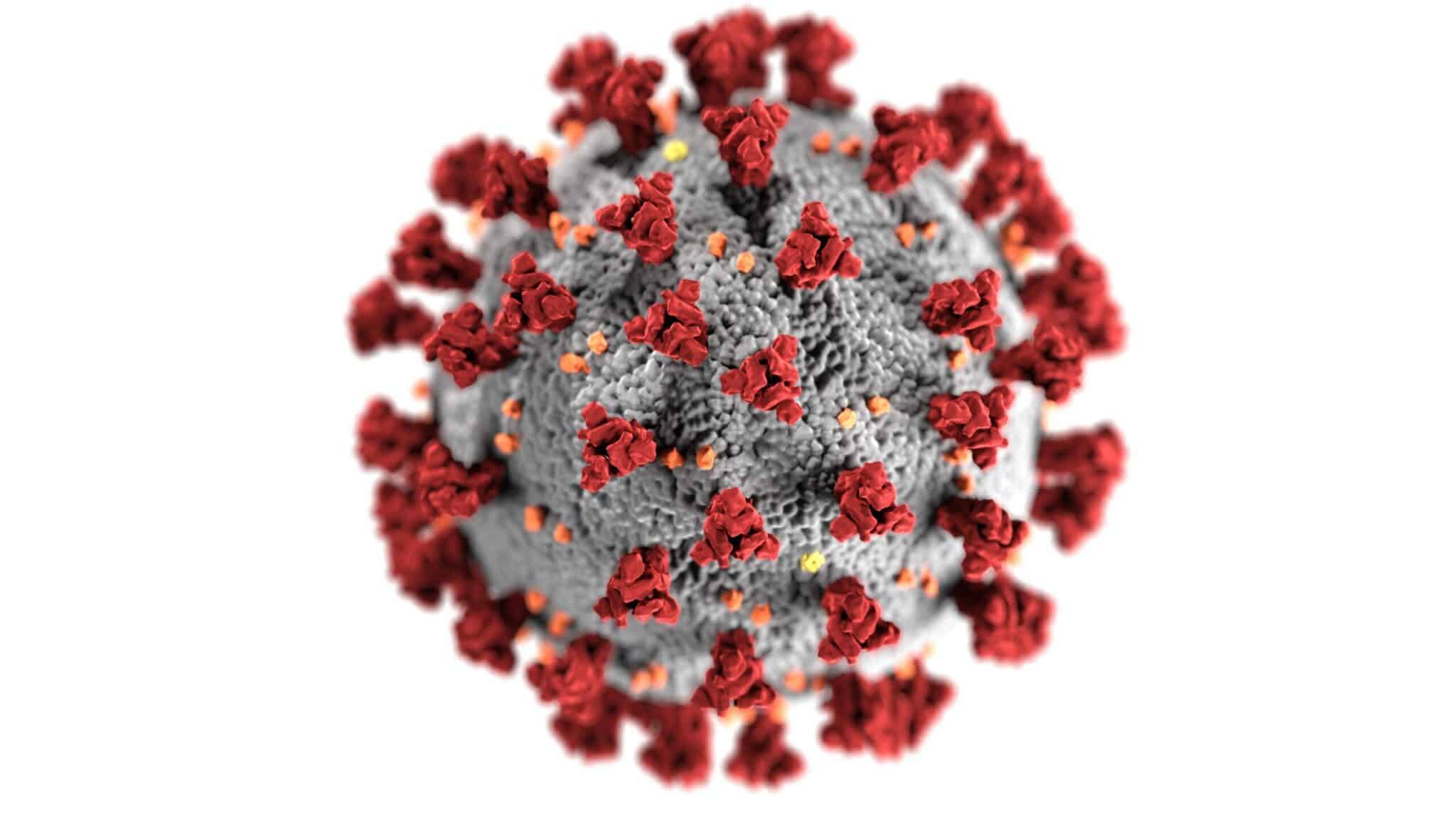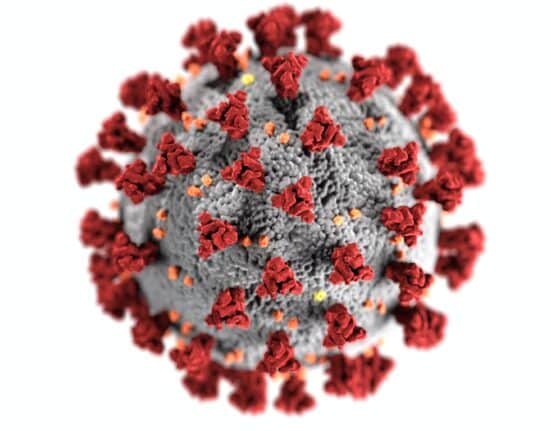THE Philippines has recorded its first case of the Omicron subvariant XBB.1.5, the most transmissible COVID-19 variant so far. But an infectious disease expert said that the variant will not cause a massive increase in the number of COVID-19 cases since the country’s wall of immunity remains high.
The subvariant XBB.1.5 was first detected in the country on Tuesday, February 7.
What is this new variant?
In October 2022, the XBB.1.5 variant was first detected in the United States. The XBB.1.5 is the fifth mutation of omicron subvariant BA.2.75, which was first identified as a variant of concern in India.
The World Health Organization said in its latest bulletin that the variant has currently been detected in at least 38 countries, with the highest prevalence in the US.
From October 22, 2022, to January 11, 2023, a total of 5,288 samples of the Omicron XBB.1.5 variant were reported from 38 different countries.
These sequences came from the US with 82.2 percent, the United Kingdom with 8.1 percent, and Denmark with 2.2 percent.
“Based on its genetic characteristics and early growth rate estimates, XBB.1.5 may contribute to increases in case incidence globally,” the WHO said.
According to the Centers for Disease Control, the XBB.1.5 variant accounted for over 61 percent of COVID-19 cases in the US.
Meanwhile, Philippine experts have yet to confirm if the country’s first case of XBB.1.5 results from a local transmission or travel exposure abroad.
Vulnerable sector
Dr. Rontgene Solante, an infectious disease expert and government adviser, said that even though the XBB.1.5 variant will not cause a significant spike in terms of the volume of COVID-19 infections, the public should not be complacent.
This variant may still adversely affect the vulnerable sectors, Solante said.
“Ang magiging vulnerable ay mga matatanda at mga immunocompromised, kapag ito ang matatamaan, ng mga ganitong klaseng virus na medyo mild lang ang mga sintomas, sa kanila hindi automatic mild iyan,” Solante said in a public briefing.
He noted that the vulnerable sectors, including those who have heart disease, lung disease, and even diabetes, may experience severe complications triggered by the variant.
Intensity of transmission
Solante likewise said the XBB.1.5 subvariant has “more high binding ability” to the cells where the COVID-19 virus is likely to stick. This means there is faster virus transmission that may cause upper respiratory tract infections.
However, Solante added that the XBB.1.5 subvariant is less likely to cause a severe form of infection to the public “because of its ability to bind in the upper respiratory tract infection.” But common symptoms like sore throat, slight cough, body aches, and slight fever will still be there.
Vaccine effectiveness
The European Center for Disease Prevention and Control reported in January that despite the lack of vaccine effectiveness estimates for XBB.1.5, the existing vaccines continue to safeguard against serious illness, despite some indications that their effectiveness may wane over time.
Solante noted that due to the “heavy mutations” of XBB.1.5, the unvaccinated individuals would lack “defense” in their immune system as countries where it has been documented do not have antibodies.
“Because of the heavy mutations nitong XBB.1.5, definitely medyo magkukulang iyong defense natin sa immune system natin no, at nakikita naman natin doon sa mga ibang bansa kung saan ito na-document na doon sa mga walang antibody, walang mga bakuna – mas nakitaan doon na mas marami ang nagka-sintomas with the XBB.1.5 kumpara doon sa mga may mga bakuna,” he said.









